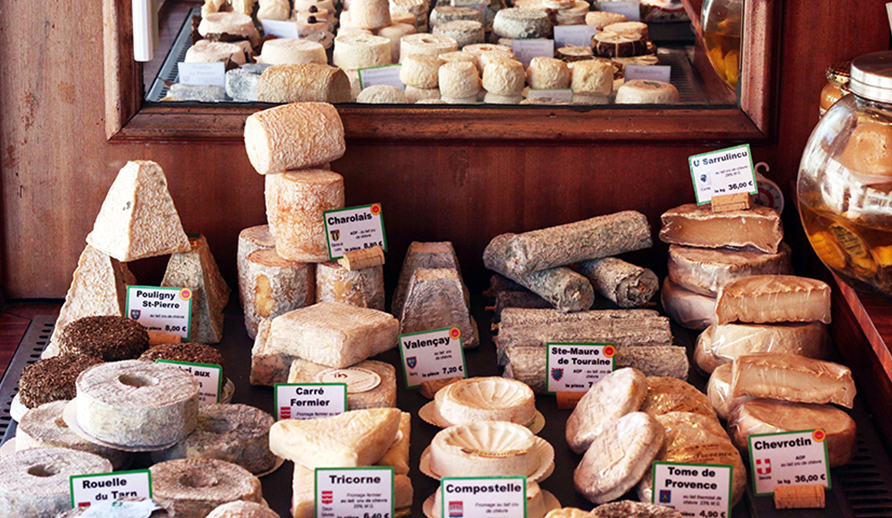
One of the major roles of product packaging is above all functional. It protects the product during its transport and handling, and it informs the consumer of what it contains on the shelf. However, another function of packaging is also marketing. Indeed, it actively participates in highlighting and emphasizing the product’s promise. From the most discreet hints to the most inventive methods: a multiplicity of ways exist to take this aspect into account in the design of the packaging. How can we make packaging a true relay of the product promise?
Create a strong identity through packaging
The stronger the identity of a product, the more the packaging will underline the uniqueness and special character of the product.
Some products are emblematic in the collective imagination, almost legendary, sometimes. There are many examples: Coca-Cola bottles and cans, Daddy powdered sugar boxes and their legendary pink color, Nutella jars…
What do all these products have in common? Their packaging is instantly recognizable. They jump out at consumers at the point of sale, and are able to attract them more. In a sales context where most purchases are made unplanned, and this trend is increasing over the years (according to a POPAI study “Shopper Engagement Study”, 2012.), this aspect is a real asset to boost sales. This phenomenon is also reflected when the brand name is pronounced: the mental representation of the product immediately comes to mind. All these products have their own identity, which makes them stand out from other products. If we take the Coca-Cola bottle as an example, the red color of the products is a strong characteristic of the brand, because it is very atypical in the beverage sector. Originality is not the only criterion for creating a strong identity via the product: the recurrence and persistence of identity elements is another. If we take our example, the design of the bottle has changed very little over the last few decades! The durability of the packaging design also has its role to play in this strategy.
Create consistency between the product promise and the packaging
Packaging is the equivalent of non-verbal language: it speaks the product promise without using words!
The second lever of packaging in its marketing action is its consistency with the product promise. Basically, it is designed to protect the product as well as possible, in particular by respecting certain health and/or safety standards when required by regulations. It is also often designed to highlight the product itself, but not always the product promise, which is however different.
Several means can be used for this, from the simplest to the most original. For example, color is a very classic lever to enhance the product promise. The most telling example is that of water bottles: all have a blue, green and/or transparent color, thus recalling the 2 fundamental product promises of water: its refreshing power and its “purity”. An experiment of the researcher Nicolas Guéguen, in marketing psychology, has shown that drinks consumed in blue colored glasses are judged more refreshing, which demonstrates the influence of the packaging on the judgment of a product.
Demonstrate product effectiveness through packaging
An effective demonstration of the product promise via the packaging is very effective when it is mastered.
Other brands go much further, and make packaging a demonstration of product effectiveness. For example, Nike, in 2014, released a shoe model, the “Nike Free 5.0”. The main argument of the product is to contain an ultra flexible sole, thus adapting as much as possible to the strides of athletes. Thus, the brand did not hesitate to pack its shoes in boxes too small! The shoes were therefore folded when opened, and returned to their original shape after a long stay in their packaging. Whether in the store during the fitting, or when unpacking at home, the demonstration is immediately appealing. A significant bonus: the brand also supported the ecological argument: the reduction of the size of the boxes allowed to save a considerable amount of cardboard during the manufacturing process.
The product promise can be promoted by the packaging via multiple methods, whether explicit or implicit for the consumer. Research in marketing psychology tends to confirm, through various empirical studies, that efforts made on packaging to boost the packaging promise have real effects on purchasing behavior. However, we must remain vigilant about the coherence between the promise sold by the packaging and that of the product, to guarantee ethical marketing and a promise kept by the product.
To find out more, see our different bagging solutions or contact our services!
Don’t hesitate to download our White Paper on Circular Economy Reform!




